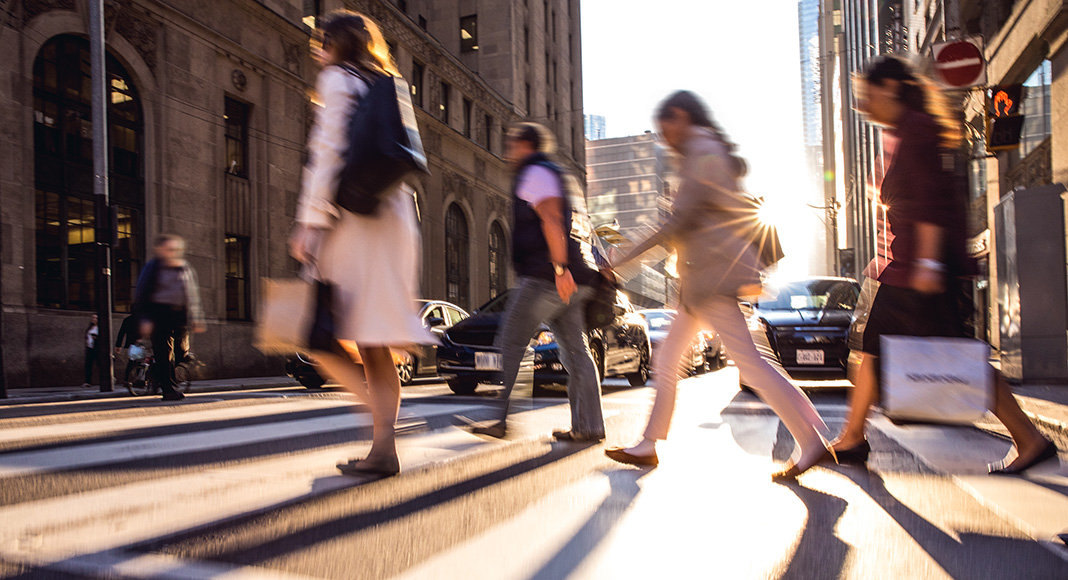Setting the clocks forward to better align the workday with the rising and setting of the sun makes pedestrians and bicyclists safer, but the effect on overall fatal crashes is minimal, a new study from the Insurance Institute for Highway Safety (IIHS) has shown.
IIHS researchers looked at fatal crash data for the five weeks before and after each time change over 2010-19 focusing on crashes that occurred during the hours that the time change affected the level of light.
The study found in the five weeks after the fall time change, fatal motor vehicle occupant crashes decreased and fatal bicyclist and pedestrian crashes increased. Then, in the five weeks after the spring time change, fatal motor vehicle occupant crashes increased and fatal bicyclist and pedestrian crashes decreased.
As a result, the overall effect was 29 more fatal vehicle occupant crashes and 26 fewer fatal pedestrian and cyclist crashes.
‚ÄúThese findings won‚Äôt end the debate about daylight saving time,‚ÄĚ said IIHS President David Harkey.
‚ÄúThe benefits for bicyclists and pedestrians are important because that‚Äôs where the fatality numbers have increased the most over the past decade. However, they‚Äôre largely offset by an increase in crashes in which vehicle occupants were killed.‚ÄĚ
Since 2009, when pedestrian deaths hit an all-time low, they have risen 80 percent. Bicyclist fatalities have risen 75 percent over approximately the same period. As a result, bicyclists and pedestrians now account for nearly a fifth of all traffic fatalities.



















